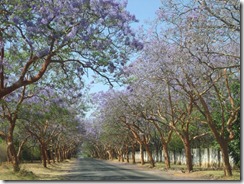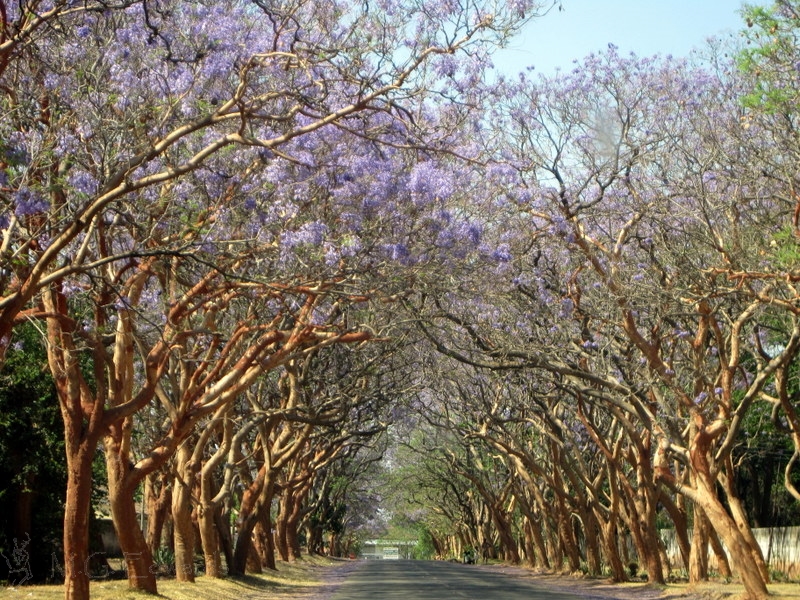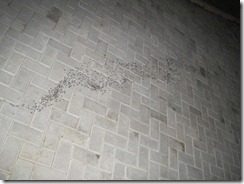Click here for an updated version of this article with photos.
Africa has more than its fair share of wildlife. Not many large animals — the kind you would typically think of in Africa like lions, elephants, and giraffes — range in urban areas except on private game reserves. The critters that hang out near our house are of a smaller variety. An occasional oversized snake (poisonous or not) slithers its way on to our property until someone dispatches it, but for the most part, the critters who hang around the neighborhood are small reptiles, amphibians, insects, and arachnids.
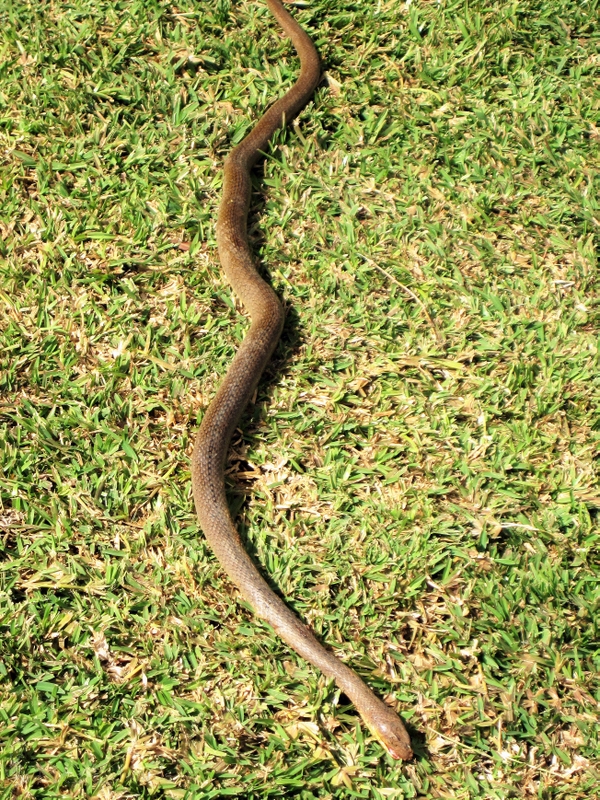
We have small lizards and geckos. They’re cute, multicolored, and harmless. Mosquitoes, spiders, ants, termites and other pests are omnipresent. They usually multiply at the end of the dry season and beginning of the rainy season (right now, September – January). First the “flatties” – harmless spiders that can grow as large as three inches wide with a very flat profile. Their abdomens can grow so plump that they almost look like small crabs. Flatties look menacing but are more lazy than threatening. I have yet to see one catch an insect — night or day. Like a lazy tomcat, they usually lounge on the walls as if waiting casually for something to come their way. I was startled this morning by a flattie squatting on the side of our computer desk. It must have been 2.5 inches wide with a 3/4 inch abdomen. She blended in well with the woodwork.
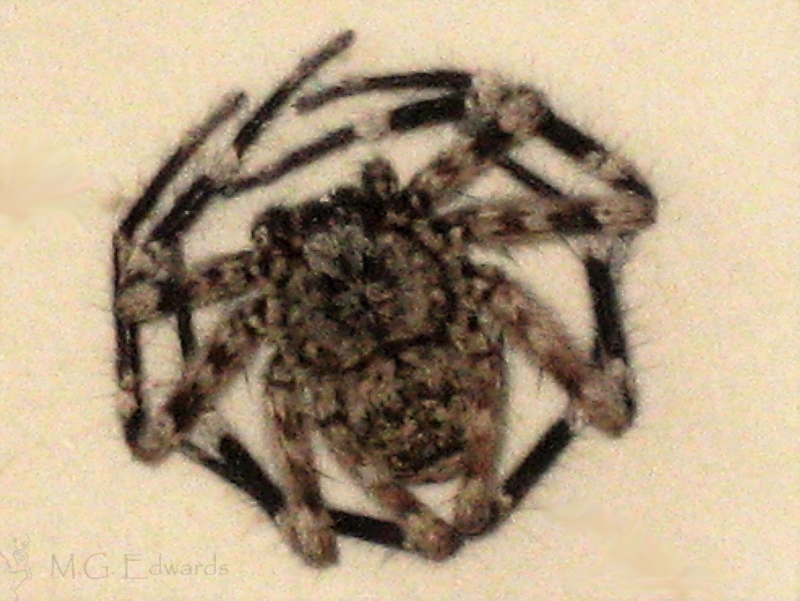
Other insects are more of a nuisance and even threatening. The ants in this part of the world are diverse and imposing, from tiny yellow or brown sugar ants attracted to unstored food to large half-inch army ants. One night I saw a stream of army ants marching (quite literally) away from our house down the driveway like a living stream. We fumigated the foundation soon after that – army ants mean business. Unattended beverages with sugar or sweet crumbs are major attractions for the smaller ants. They build large nests around the house foundation and find entry points into the house through the tiniest of openings. It’s quite a sight seeing a mass of ants attacking a snack you’ve left somewhere you thought would have been off limits – like around your den.
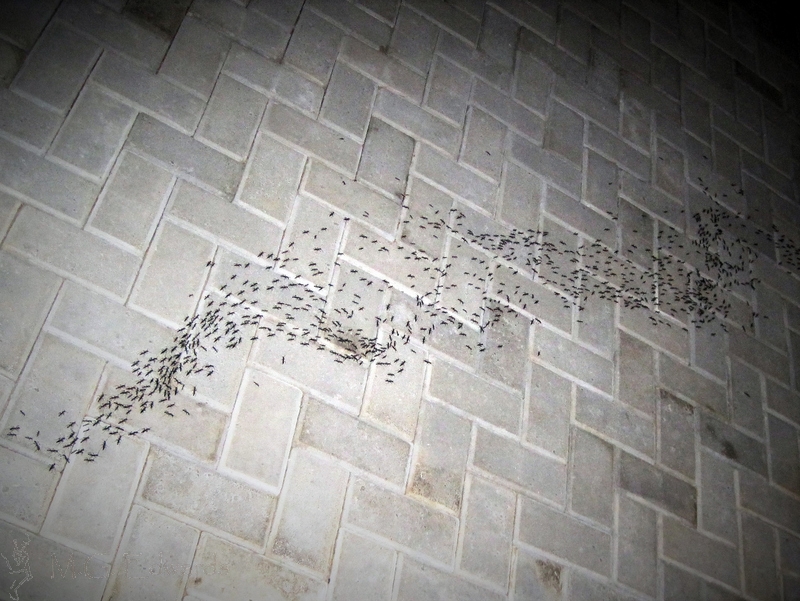
Of course, there are the mosquitoes. In this part of the world, mosquitoes can be deadly. Many carry malaria and can leave one very ill or dead if bitten. Where I live in Lusaka is considered malaria-free because of its high altitude (over 4,000 feet), but leaving the city is a different story. There are four strains of malaria to contend with — if you get malaria once, you’re not immune to getting it again. Anti-malaria pills are recommended if you visit Zambia, but they don’t prevent malaria and only help you stay alive if you fall ill. I’ve been told that malaria-carrying mosquitoes are of a particular variety. Zambia’s mosquitoes are diverse. Some are small and silent, and others are slow and noisy, and I have yet to figure out which ones carry malaria. Better to wear mosquito repellent and sleep under mosquito nets treated with repellent. We’ve been thankful the past few months to live relatively mosquito-free, but the little critters have started coming out again.
After the first rain of the season, all the creepy crawlies that lay dormant during the dry season come to life. The winged termites are the first to emerge; they breed in such large quantities that it is a bit like a sooty blizzard when they come out. As they shed their wings and head into the ground, they leave behind piles of wings akin to small snow drifts. Out come the brooms to sweep them up. The termites build mounds that can grow incredibly large. I once saw abandoned termite mounds in northwestern Zambia as tall as a two-story house – with trees growing on top of them! I’ve been told that termites keep building their mounds until they can no longer sustain the brood, and then they disperse in search of new homes. There are few large termite mounds in Lusaka because urbanization has limited the availability of foliage termites consume.
Finally, once a year the caterpillars emerge. Before they become butterflies, many Zambians will collect and use them in a local dish called ifishimu. Ifishimu, or cooked caterpillar and onion salad, is an acquired taste. I tried some and did not like it. I will not try the termite, another common Zambian dish. I’d much rather eat crocodile or snack, two animals most Zambians will not eat.
More About Zambia
World Adventurers Magazine
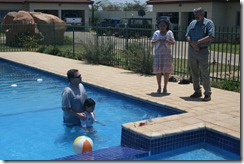 I baptized our son yesterday. We could not have chosen a better day for this momentous occasion, for 10/10/10 (October 10, 2010) will never happen again this millennium. Surely this was the event of a lifetime, especially for my son, for our family, and for God. Baptizing my son by water was one of the biggest thrills of my life. A missionary friend blessed and ordained him; I asked my son to give his testimony and helped affirmed that he was ready to take this important spiritual step. He did splendidly.
I baptized our son yesterday. We could not have chosen a better day for this momentous occasion, for 10/10/10 (October 10, 2010) will never happen again this millennium. Surely this was the event of a lifetime, especially for my son, for our family, and for God. Baptizing my son by water was one of the biggest thrills of my life. A missionary friend blessed and ordained him; I asked my son to give his testimony and helped affirmed that he was ready to take this important spiritual step. He did splendidly.
